Create Time 2018-02-21 02:02 Views:46557
For a trademark application to be officially registered and assigned an official registration number, the trademark must actually be used in interstate commerce in the United States by the trademark applicant. In the United States, the trademark applicant must provide a specimen (and sometimes multiple specimens)) for every class of goods and services for which the trademark application is filed.
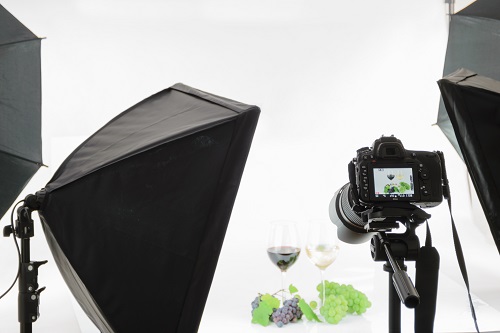
What is a specimen for a trademark application?
The United States Trademark Office requires proof of use via photograph or other images of the trademark being used commercially, which is why a trademark applicant must provide a specimen at some point in the examination process in order for the trademark application to mature to an official registration.
A specimen is a sample of how you actually use your mark with the goods and/or services identified in your application in the commercial marketplace (e.g., on your product packaging or website). A specimen is generally what consumers actually see with respect to your trademark when they are trying to purchase your goods or services.
When it comes to proper specimens, there is no single “perfect” example of a specimen. However, there are many guidelines provided by the Trademark Office for what the Trademark Office will generally accept, and this article will provide some helpful information about such guidelines.
Goods or Services
Trademarks can apply to both goods and services.
Remember: Goods are products. Services are activities. They are classified differently and have different criteria for what qualifies as acceptable specimens for each type.
The same company can provide both goods and services, but what matters for purposes of what type of specimen is needed for a trademark application is, specifically, what was filed for in the trademark application.
It is also important to be aware that goods and services are grouped into specific classes. Therefore, each trademark application has to include (either at the time of filing or before registration) at least one class of goods and/or services.
For example, “covers for smartphones” (goods because these are finished products) would be filed in Class 9. “Repairs for cell phones/smartphones” (which qualifies as a service as this is an activity”) would be filed in Class 37. A trademark application can include as many classes as a trademark applicant is willing to pay for and as many goods and/or services that the trademark application intends to provide commercially to the consuming public.
The following links provide a complete list of trademark classes and the eligible goods and/or services per class:
https://tmidm.uspto.gov/id-master-list-public.html
Goods: Acceptable Specimens
For Goods (i.e. products), the allowed type of specimens that may be provided to the U.S. Trademark Office include:
A photograph of the product showing the mark directly on the product (e.g., the bottom of a coffee mug or an engraved mark on an auto part or jewelry item)
Product labels and tags showing the mark on the goods (e.g., the label on a t-shirt)
Product packaging showing the mark in association with the goods (e.g., detergent soap packaging)
Signage used in a product display at a store (e.g., a photograph of the display)
A webpage showing or describing the product near the mark and with purchasing information (e.g., a webpage showing a photograph of a computer laptop, the mark for the laptop appearing above the photograph, the price appearing below the photograph, and a shopping cart button/link appearing on the page)
For downloadable software, copies of the instruction manual and screen printouts from (1) web pages showing the mark in connection with ordering or purchasing information or information sufficient to download the software, (2) the actual program that shows the mark in the title bar, or (3) launch screens that show the mark in an introductory message box that appears after opening the program
Specimens for Goods do not include Advertising material, Business cards, Invoices or Bills of sale. These types of specimens, however, may be used for proof of use with services.
Services: Acceptable Specimens
For Services (activities), the allowed type of specimens that may be provided to the U.S. Trademark Office include:
· Print or Internet advertising Brochures and leaflets*
· Menus for restaurants
· Business cards and letterhead*
· Marketing and promotional materials*
· A photograph of business signage and billboards*
Specimens consisting of advertising, marketing, and/or promotional materials must show a direct association between the mark and the services.
Sample Specimens for Goods
Trademark:

Registration No.: 4960116
Class 20 (Goods): Beds for household pets; Inflatable pet beds; Pet crates; Pet cushions; Pet furniture; Pillows for household pets; Playhouses for pets.
Specimen Type: Photo of trademark directly located on one of the listed goods in the trademark application.
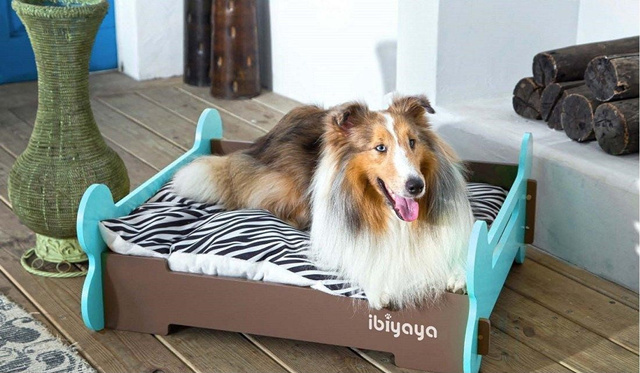
Trademark:
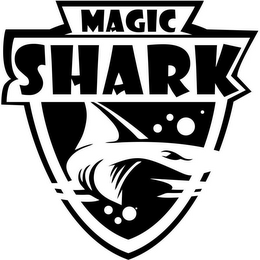
Registration No.: 5385129
Class 28 (Goods): Cube-type puzzles; Dominoes; Flying discs; Jigsaw puzzles; Parlor games; Playing cards; Spinning tops; Toy building blocks; Toy drones; Toy models.
Specimen Type: Photo of trademark shown on the packaging for one of the listed goods.
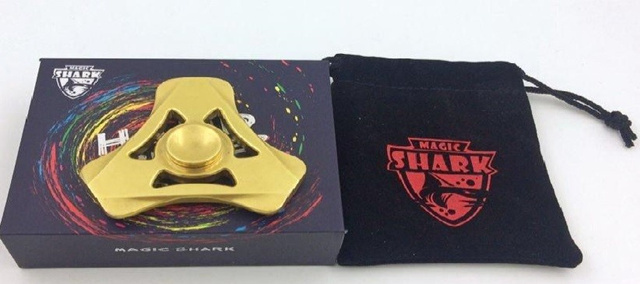
Trademark: RUBYNGRACE
Registration No.: 5395909
Class 18 (Goods): Backpacks; Handbags; Key cases; Leather bags; Leather shopping bags; Pocket wallets; Purses; Travelling bags; Valises; Vanity cases.
Specimen Type: Photo of the trademark shown on a tag attached to one of the listed goods.
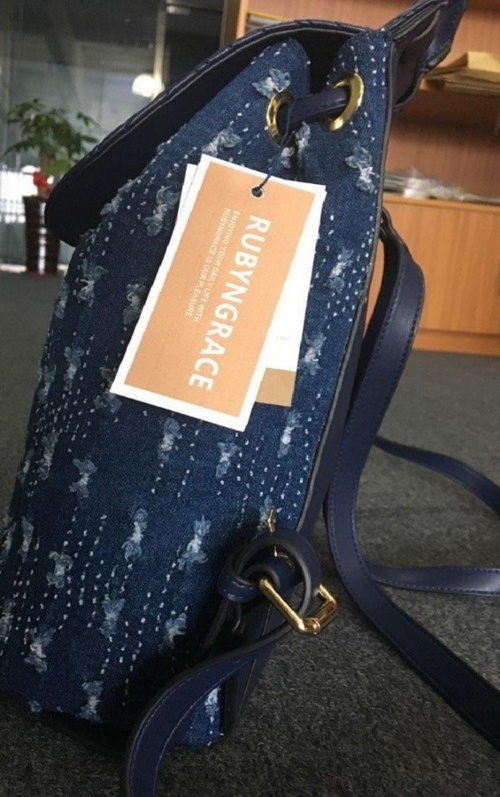
Trademark:
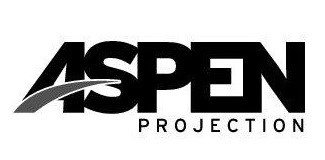
Registration No.: 5300157
Class 9 (Goods): LCD projectors; Movie projectors; Multimedia projectors; Video projectors.
Specimen Type: Photo of the trademark located on product packaging for one of the listed goods.
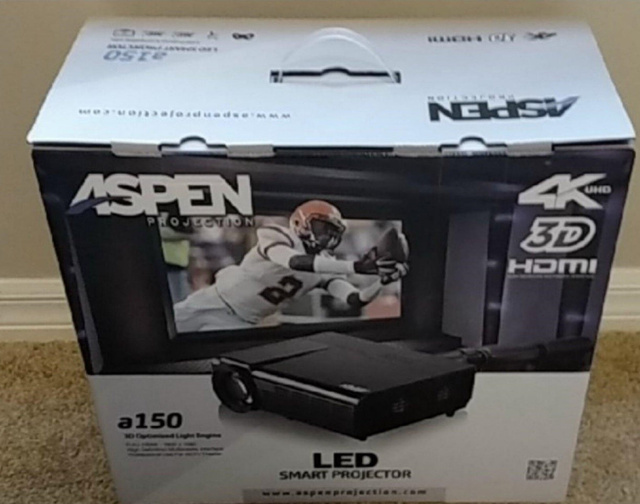
Trademark:
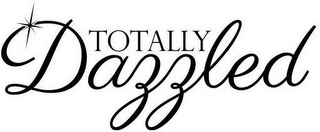
Registration No.: 5316619
Class 14 (Goods): Rhinestones for making jewelry
Specimen Type: Photo of the trademark located on product packaging for one of the listed goods.
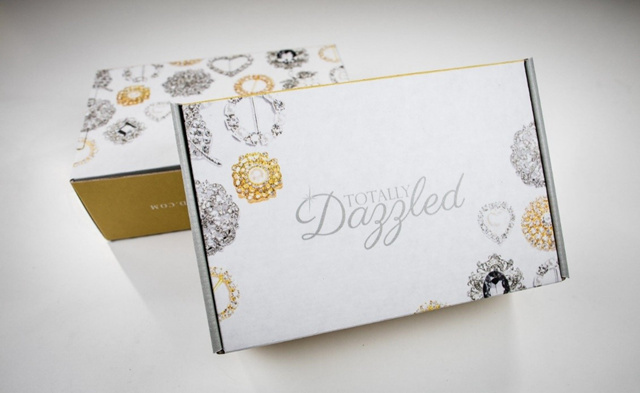
Trademark: CleanForce
Registration No.: 5385200
Class 11 (Goods): Air-conditioning installations; Air filtering installations; Air purifying apparatus and machines; Air sterilizers; Electric air deodorizers; Filters for air conditioning; Gas scrubbing apparatus; Humidifiers; Water filtering apparatus; Water purification installations
Specimen Type: Photo of the trademark on a label located on one of the listed goods.
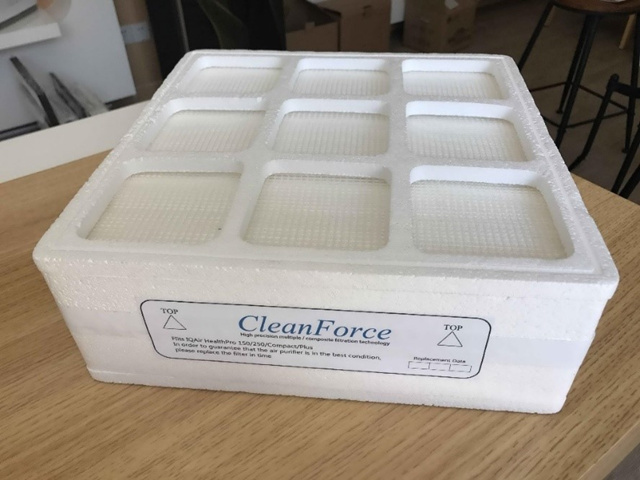
Sample Specimens for Services
Trademark: A2Z Escape
Registration No.: 5369106
Class 41 (Services): Entertainment services in the nature of escape room attractions.
Specimen Type: Photo of a business card that shows a clear representation of the trademark AND the type of listed services (services may be listed on either the front or back of the business card).
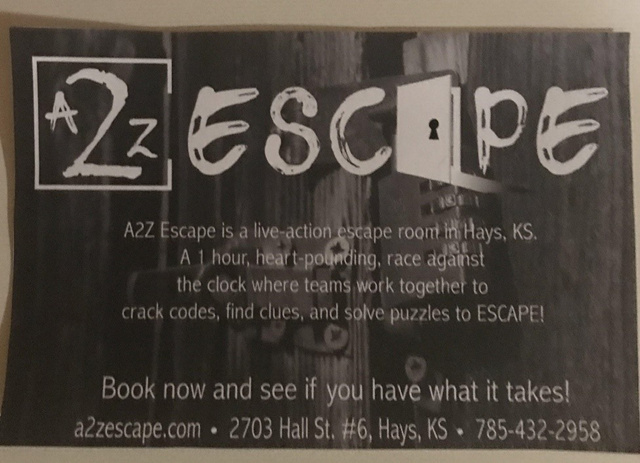
Trademark: TEXTBOOKBARTER
Registration No.: 5377279
Class 35 (Services): Operating on-line marketplaces featuring books; Operating on-line marketplaces for sellers and buyers of goods and/or services; Providing a website featuring online classified advertisements in the field of books; Providing a website featuring online classified advertisements; On-line retail store services featuring a wide variety of consumer goods of others; Providing a buy-back and trade-in program for used textbooks of others; Providing a website featuring an online marketplace for exchanging goods and services with other users; Retail store services featuring a wide variety of consumer goods of others.
Specimen Type: Screenshot of a website featuring a clear representation of the trademark in association with the listed services.
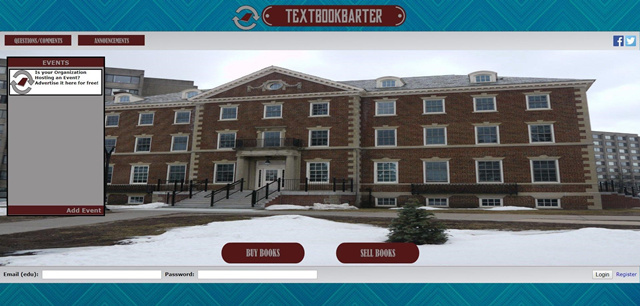
Trademark: BUG BAROMETER
Registration No.: 5343052
Class 41(Services): Information relating to entertainment and education provided on-line from a computer database or the internet; Providing information and news in the field of current events relating to changes in bug and pest populations and forecasts related thereto; Providing information, news and commentary in the field of current events relating to changes in bug and pest populations and forecasts related thereto.
Specimen Type: Photo of a flyer showing the trademark in association with the listed services
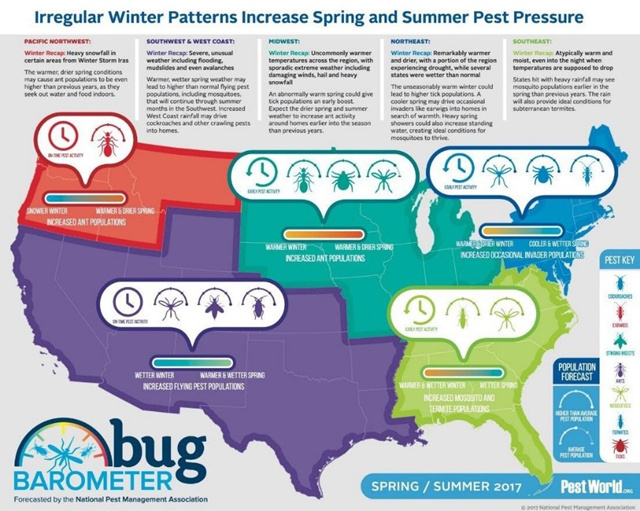
Trademark:
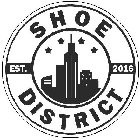
Registration No.: 5256444
Class 35 (Services): On-line retail store services featuring a wide variety of consumer goods of others; On-line retail store services featuring footwear; Retail store services featuring footwear
Specimen Type: Photo of trademark located on a sign on a brick and mortar retail store.
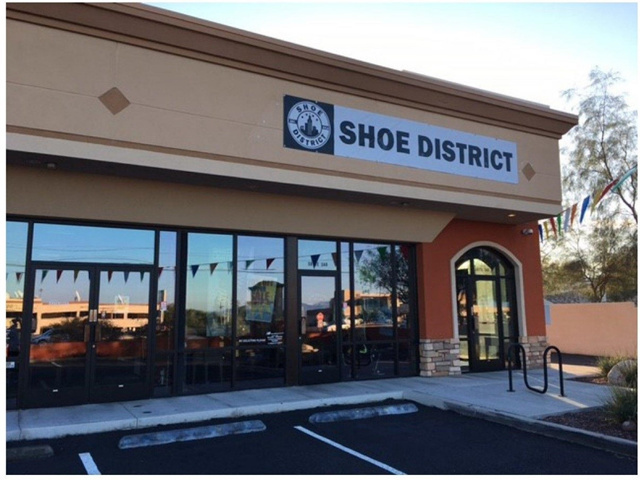
Trademark: FUN FOR LIFE
Registration No.: 5380244
Class 35 (Services): On-line retail consignment stores featuring toys; On-line retail department store services; On-line retail store services featuring toys; On-line wholesale and retail store services featuring toys; On-line wholesale store services featuring toys; Retail store services featuring toys.
Specimen Type: Screenshot of a website featuring an online retail store with a clear display of the trademark in association with the type of services.
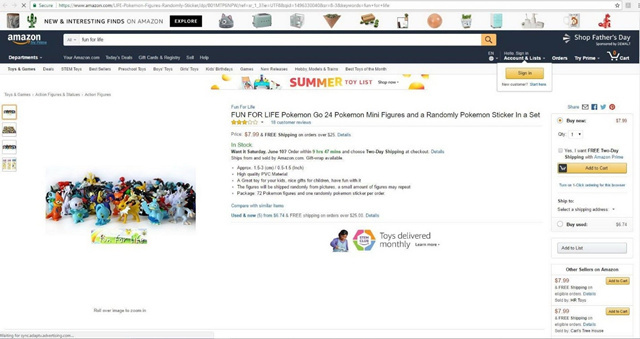
(Note: All copyrights reserved to the original copyright holder for the sample photos included above. No duplication or unauthorized copying allowed)
Ornamentation vs. Trademark
An issue that sometimes comes up with trademark specimens is whether the specimen shows the mark in use as an actual trademark, used to identify a source associated with goods or whether the mark is used as “ornamentation” or as a decorative feature of the goods.
For example, many t-shirts and hats will include the word mark or logo that a trademark applicant would like to apply for. If the trademark specimen only shows the word mark or logo on the actual t-shirt or hat, it is likely that this specimen will be refused based on “ornamentation.” In other words, the Trademark Office is stating that the trademark is used for decorative purposes rather than to identify a brand.
Specimens of t-shirts, hats, and other clothing should be associated with a hanging tag or attached label showing the mark on the tag or label so as to avoid an ornamentation refusal of your specimen. Ornamentation is not limited to clothing items. A trademark examiner may issue an ornamentation refusal for various other types of products if the mark appears to be used primarily for decorative purposes rather than to identify a particular brand associated with the products.
Sample Acceptable Specimens that did not receive Ornamentation Refusal:
Trademark: KICKPIN
Registration No.: 5275389
Class 25 (Goods): Footwear; Headwear; Hoodies; Jackets; Knitted caps; Pants; Sneakers; Sports shoes; T-shirts; Caps; Short-sleeved or long-sleeved t-shirts.
Specimen Type: Photo of trademark located on a tag attached to one of the listed goods.

Trademark: GYMDAY
Registration No.: 5323523
Class 25 (Goods): Hats; Headwear; Leggings; Pants; Shirts; Shirts and short-sleeved shirts; T-shirts; Graphic T-shirts; Short-sleeved or long-sleeved t-shirts.
Specimen Type: Photo of trademark located on a label attached to one of the listed goods.
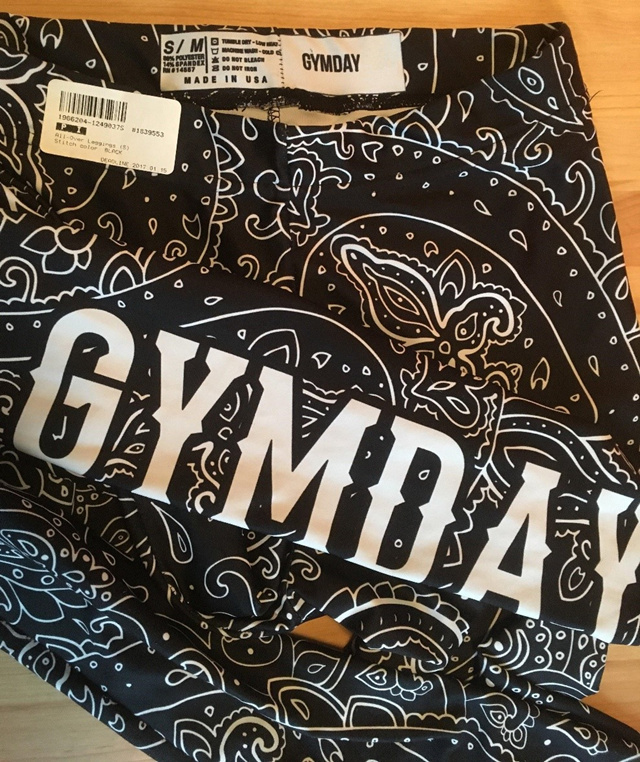
Do the drawing of the trademark and the specimen have to match?
Yes, it is important to be aware that the submitted trademark drawing and the specimen should substantially match i.e. be the same. Therefore, be consistent about which trademark you file for and what specimen you use to support the filed trademark. Punctuation, style, font, colors can all matter for stylized, design trademarks. Even with standard word marks which protect the phrase, word, combination of letters or numbers, without claiming a particular font, style, design, or color, it is important to be careful that the trademark as used publicly in commerce substantially matches the trademark as filed in your trademark application.
Your specimen will be refused if it does not show substantially the same mark that appears in the drawing. If the two marks do not match, in certain specific cases, it may be possible to either amend the mark in the drawing to agree with the mark on the specimen and/or provide a substitute specimen (if the substitute specimen was already in existence at the time of filing). It is noted that only if the differences between the two marks are minor or insignificant, such that making the changes would not materially alter the mark in the original drawing, that it may even be possible to amend the mark in the drawing. In such case, you may amend the mark in the drawing only to the extent necessary to cause it to match the mark on the specimen. Additional amendments to the mark will not be permitted if the changes create a mark with a different commercial impression than the mark in the original drawing; that is, if they result in a material alteration of the mark as originally filed, which means that in some cases the whole application must be refiled.
No Digitally Altered Specimens
Keep in mind that the specimen has to be based on actual photos of products as they are actually sold to the public and based on real use. The Trademark Office can and often does reject specimens that appear to be digitally altered, whereby the trademark is photoshopped into the picture, but the trademark is not actually displayed in this manner when the goods are sold or services ordered. Additionally, mock-up images of how a trademark is intended to look or printer’s proofs of advertisements are not considered acceptable specimens and will receive a “digitally altered specimen” refusal.
The trademark applicant must show the mark on the applicant’s own goods or packaging or other types of specimens for services as the mark is seen by the purchasing public, with goods that have actually been sold or transported in commerce. Trademark Examiners are very good at picking up on attempts to digitally alter a photograph or other image.
Rejections based on specimens are very common with trademark applications, which it is why it is important to understand the basic guidelines when submitting a specimen for your trademark application.
Disclaimer: This website is not intended to offer legal advice or to be a substitute for a consultation on a case by case basis with an attorney. The information provided above is meant for informational purposes only and may be subject to change.
© 2018 Witmart, Inc. All Rights Reserved.